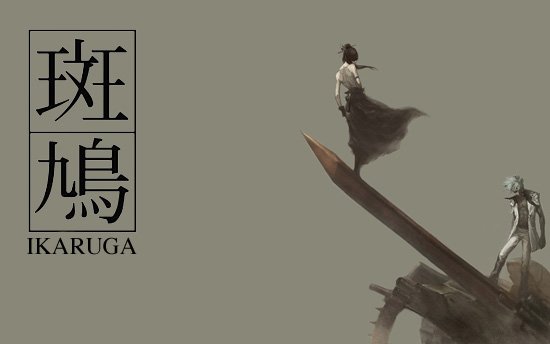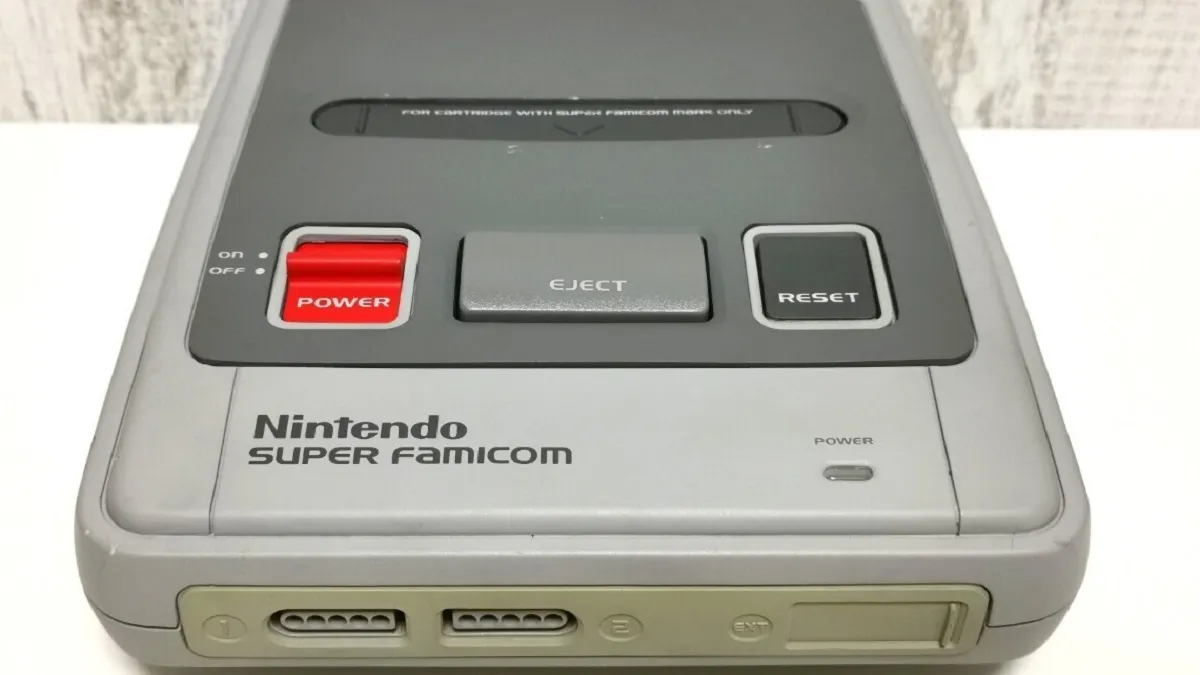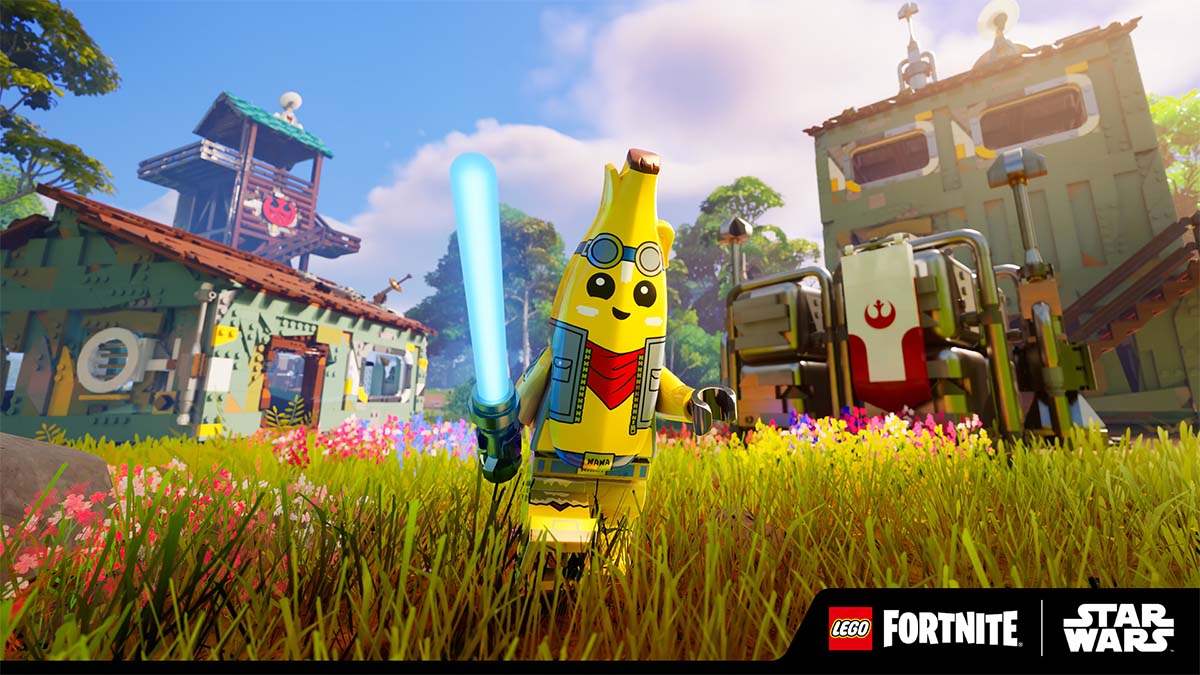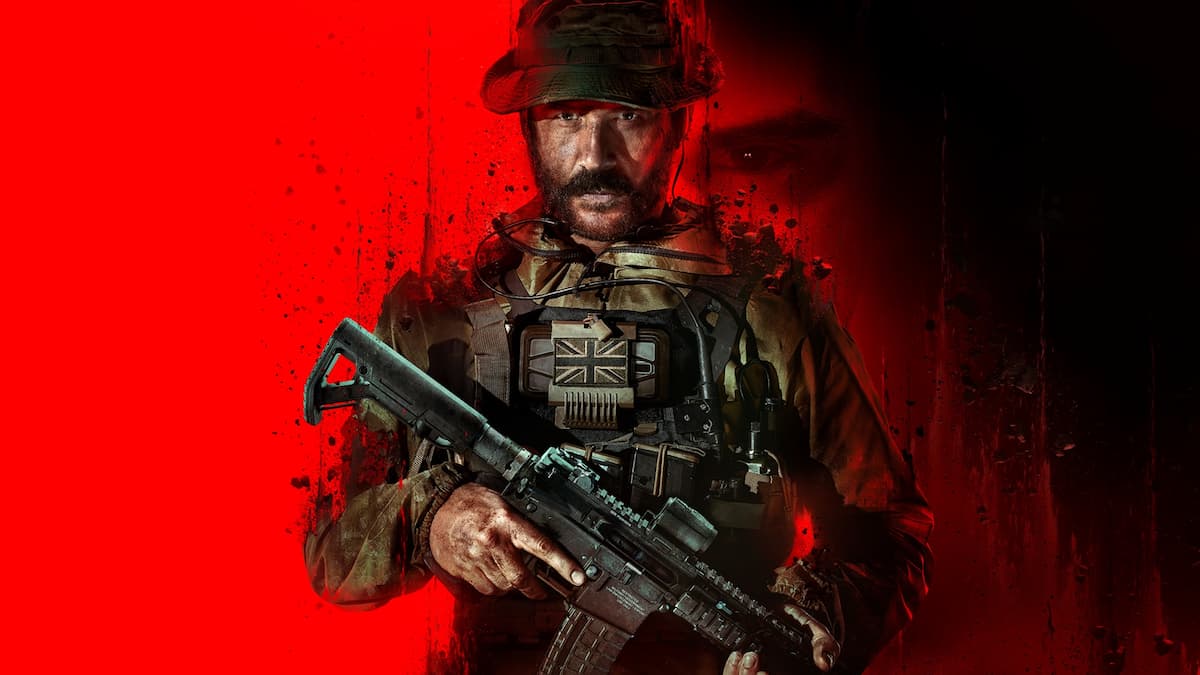As modern gamers, we’ve evolved into a sort of ravenous, wasteful species of creature I’m not sure I’m comfortable with. We chomp through games like we’re fighting to get to the other side of something; licking the frosting out of our Oreos and pitching what’s left out the window so we can get to the Chips Ahoy.
I’m as guilty of it as anyone else, if not moreso for being a gaming journalist. Approach the buffet, take one of everything so you can say you know what it tastes like, and slide your tray down the line. This isn’t always the case, but sometimes it can’t be helped. However, there comes a time when you run into something so delicious, so fascinating, that you can’t stop going back for more. You become addicted to it. Obsessed with it.
Many of us have one. A cherished, shining favorite that towers above everything else in our game collection. I found mine about six years ago, and it was Treasure’s most infamous vertical shooter, Ikaruga. If you’ll join me after the jump, I’d like to explain to you why that is, and hopefully encourage you to take a closer look at some of your own favorites.
[Disclaimer: This post is intended for those of you who might be interested in playing Ikaruga when it finally becomes available on XBLA. I thought you might like a closer look at the game, from someone who knows quite a bit about it. If you’re not one of those people, I assure you that long post is long and I don’t want to hear any crap about it. Thank you.]
1. The backstory

Before we’ve even begun, Ikaruga already stands out among other shmups in that it even has a backstory, not even mentioning the fact that it’s a pretty damn good one. You won’t find it anywhere but in the game’s instruction booklet, but it’s there.
The tale begins several years before the start of the game, on the small island nation of Horai. Tenro Horai, one of the nation’s most powerful men, discovered an object deep underground during an excavation project, which was found to have extraordinary power. Using this “Power of the Gods,” Tenro and his followers soon began conquering other nations, “in the name of peace” until they had nearly conquered all civilization.
In an effort to free the world of Horai’s conquests, a small federation called Tenkaku rose up to challenge his empire. No match for the power at Horai’s disposal, the Tenkaku lost battle after battle, and were completely wiped out, save for one pilot named Shinra. Dragged from the wreckage of his fighter after being shot down, Shinra awakens to find himself nursed back to health by the elderly citizens of a remote village called Ikaruga, to which they had been exiled during Horai’s takeover. Upon regaining his strength, Shinra pledges to stop the Horai at any cost, and finds that the elderly villagers have built a fighter of their own design, also named Ikaruga.
Far from any ordinary ship, the Ikaruga was designed by an ingenious engineer named Amanai, and built with the help of other aging village leaders. It was the first ship ever built to handle both light and dark energy polarities, and was the first to be capable of switching between the two at any time. The villagers, because of their strong faith in him, entrust the ship to Shinra. In 2-player mode, Shinra is joined in his quest by Kagari, a former Horai mercenary whose life he had spared. Eager to redeem her past, she sets out in her own ship, the Ginkei, to aid him in his cause. So begins the game. Not a bad plot for a PEW PEW PEW title.
2. The polarity mechanic and the marvel of the game itself

If you’ve never played it, Ikaruga works something like this: You pilot your ship through five chapters of absolute bullet hell, trying to survive while scoring as many points as possible. Sounds incredibly generic until you factor in the polarity mechanic, which is what makes the game unlike anything else out there.
Your ship is capable of firing two types of energy: white/blue light energy, or black/red dark energy. Enemy ships will fire either light or dark energy, (sometimes both in the case of bosses and larger enemies,) and much of the game revolves around your ability to choose the right polarity at the right time. If you’re using the white ship, you can absorb all white bullets and inflict double damage on dark enemy craft, and vice versa. Only bullets of the opposite polarity can harm you, and like-colored enemy fire can be stored up and converted into ammunition for your special “super weapon,” a barrage of twelve heat-seeking lasers activated by pulling the right or left trigger. The trick is deciding whether to sacrifice your safety or the effectiveness of your fire at any given moment.
It’s much simpler than it sounds, but at the same time, much more dificult to execute and master. When enemy ships are destroyed, they release a volley of “revenge bullets” which are of their same polarity. Destroy a white ship, get a barrage of white bullets headed your way. This leads into the game’s three modes of play.
Like many shooters, the game can be played on Easy, Normal, or Hard mode. The thing that makes Ikaruga different once again, is that the three modes are really just three different ways to play, and some might say that no one particular mode is significantly easier than another. if that sounds stupid, let me explain.

In Easy mode, enemy ships don’t fire any revenge bullets whatsoever. You’re free to blow up whatever you like without fear of being punished for it. The downside is, you drastically reduce the amount of potential energy for your special weapon, which makes it far more difficult to destroy larger enemies and bosses, and robs you of the extra points you’d receieve for absorbing the revenge bullets.
In Normal mode, only enemies of the same polarity as your ship will deliver revenge bullets. This makes switching polarity trickier and more dangerous, but affords you plenty of extra energy to charge your homing lasers, making it much easier to plow through what’s in front of you.
In hard mode, everything relases revenge bullets. It doesn’t matter what polarity you are, everything you destroy will go out with a dozen or so like-colored bullets as a final “fuck you.” Furthermore, the amount of fire each enemy releases in general is increased. This makes the entire playing field nothing short of deadly, but also affords you an almost endless supply of ammunition for your special weapon, making it very easy to destroy whatever appears on the screen.
It’s a push/pull dance of sacrificing one good thing for another regardless of which mode you choose. Some of the world’s top players garner as much respect for doing well in Easy mode as others do for playing in any another mode. No matter how you slice it, the game is tough. That’s not even considering the “attack chain” feature, which grants you huge bonus points, and subsequently, extra lives. Destroying three like-colored ships in a row counts as one chain. Score nine chains or more in a row, and your score will skyrocket.
3. Metaphors, representation, and the deeper meaning

Let it be known that I’m a sucker for a good metaphor. Anything that exists in a story to represent something else gets me every time, and often adds so much to a story or a game that it becomes something far more. Ikaruga is a prime example of this, and that’s exactly the way it was intended.
The game’s director, Hiroshi Iuchi, has stated that he meant for Ikaruga to hold a much deeper, more spiritual meaning than what appears on its surface. The game is rich with Buddhist symbolism, as evidenced by everything from the names of the Five chapters (Ideal, Trial, Faith, Reality, and Metempsychosis, suggesting mankind’s path toward enlightenment,) to the names of different craft found in the game.
The Sword of Acala, the craft which launches your ship at the beginning of the game, is named for the Buddhist religious figure Acala, “The immovable one,” whose purpose was to destroy delusion and stand strong in the face of temptation, aiding mankind in remaining focused while reaching for his goals. The scene of the sword launching Shinra into battle at the beginning of the game is strengthened by this metaphor.
The name of the ship itself, Ikaruga, means “spotted bird,” and as the ship is meant to represent the human soul, this name (along wih the game’s polarity mechanic) is thought to have been chosen to represent mankind’s capacity for both good an evil, agression and pacifism, and his choices on when to use one or the other in order to reach his destination.
The entire game is a lesson in duality; a complex intertwining of Yin and Yang from beginning to end. Everything you see can be taken to mean something more, such as in the case of the Chapter 2 boss, whose weak points can only be reached by firing bullets of the same polarity into the covers which hide them, before you quickly switch and deliver your assault. This can be interpereted as showing kindness to another in order to open their heart, leaving them exposed and in danger of incredible pain if you should turn on them. I didn’t say the metaphors were always nice, I’m just pointing them out to you.
4. The point

Ikaruga is much more than a tough shmup, and worth exponentially more than its face value. It’s a glowing example of what video games used to be, and should be. Aaron Linde touched on this point in his Real men play Gradius article, (which remains my favorite piece to ever grace the pages of Destructoid to this day, and probably inspired what you’re reading now, to some degree. Stop looking at me like that, Linde) and I’d like to reiterate it here. Games should be fun to play, not just fun to beat.
We sometimes rush through our games, trying to suck out as much as we can, as fast as we can, leaving what’s left in our wake as we charge on toward the next big thing. Ikaruga, like most good shmups, doesn’t permit you to do that. It takes study, practice, and skill to be any good at, and the fun of it is right there with you the whole time, regardless of whether you’ll ever complete it or not.
I have an almost unhealthy passion for vertical shooters that started at the age of four, when I first stood on a milk crate at my local 7-eleven to play Galaga. It’s a passion that carried on from there through Ikaruga‘s spiritual predecesor, Radiant Silvergun and beyond. I love metaphors. I love the concept of duality. I love the beautiful Japanese design seen in the game’s stunning visuals. Simply put, Ikaruga strikes too many of my pressure points in one shot for it not to have become my favorite game.
For a vertical shooter developed by a small, four-person team, it’s pretty remarkable how much there is to love about it. I could easily go on for another ten paragraphs, but there’s a good chance you haven’t even read this far. If you have, I’d just like you to know that It’s much more than a game to me. I know that i will play it for as long as my thumbs still function, and I hope that you find a game that you’ll love that much someday, if you haven’t already.
I also hope that you’ll think about some of the things I’ve mentioned if you play it when its updated version is released for XBLA soon.




